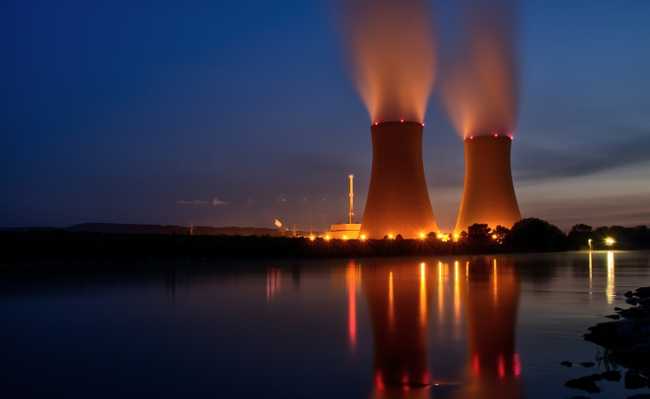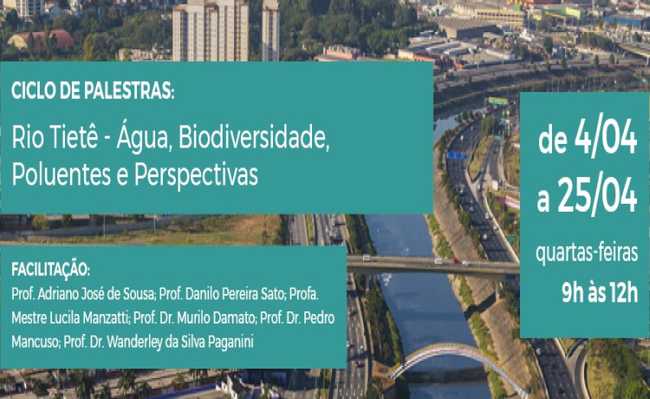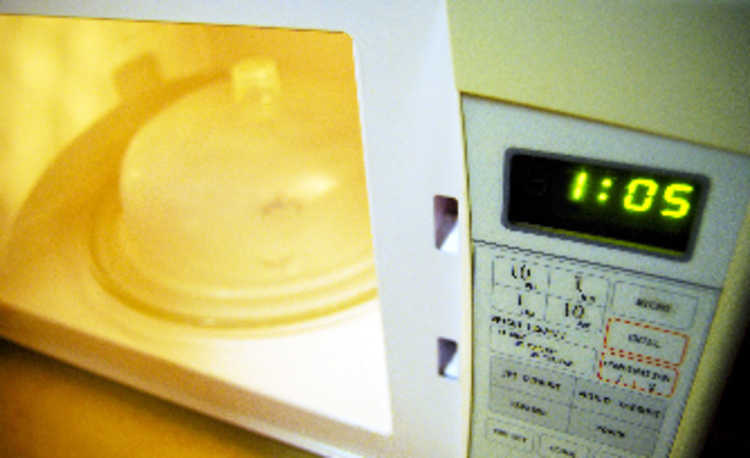Can nuclear energy be sustainable?
Nuclear energy is the energy produced in thermonuclear plants from the fission of the uranium atom

Wolfgang Stemme image by Pixabay
Nuclear energy is the energy produced in thermonuclear plants. The working principle of a thermonuclear plant is the use of heat to generate electricity. The heat comes from splitting the nuclei of uranium atoms into two parts, a process called nuclear fission.
Uranium is a non-renewable mineral resource found in nature, which is also used in the production of radioactive material for use in medicine. In addition to its use for peaceful purposes, uranium can also be used in the production of weapons, such as the atomic bomb.
In the past, this energy was used in World War II to produce the bombs of Hiroshima and Nagasaki, which caused mass destruction in the places and generated serious consequences that remain until the present day. The Cold War period also featured exchanges of nuclear threats involving the two main powers of the time (Soviet Union and United States). From 1950 onwards, peaceful programs for the use of nuclear energy were created.
nuclear energy in the world
As it is a highly concentrated and high-yield energy source, several countries use nuclear energy as an energy option. Nuclear power plants already account for 16% of the electricity produced in the world.
More than 90% of nuclear power plants are concentrated in the United States, Europe, Japan and Russia. In some countries such as Sweden, Finland and Belgium, nuclear energy already represents more than 40% of the total electricity produced. South Korea, China, India, Argentina and Mexico also have nuclear power plants. Brazil, in turn, has two nuclear power plants on the coast of the state of Rio de Janeiro, in Angra dos Reis, (Angra 1 and Angra 2).
Advantages of using nuclear energy
Despite the dangers, there are some advantages to generating nuclear power. One of the first points to be highlighted is that the plant is not polluting during its normal operation and that it complies with safety standards.
Likewise, it does not need a large area for its construction. Furthermore, despite being a non-renewable energy source, uranium is a relatively abundant material in nature that would guarantee the supply of power plants for a long time.
Disadvantages of using nuclear energy
However, the risks of using nuclear energy are immense. In addition to its use for non-peaceful purposes, such as the production of an atomic bomb, the residues generated by the production of this energy represent a great danger to humanity.
There is also the risk of nuclear accidents and the problem of disposing of nuclear waste (waste composed of radioactive elements, generated in energy production processes). In addition, exposure to highly radioactive waste can cause irreversible damage to health, such as cancer, leukemia and genetic deformities.
nuclear accidents
The biggest nuclear disaster in history occurred in Chernobyl, in the Ukraine region, on April 26, 1986, when a reactor at the plant ran into technical problems, releasing a radioactive cloud with 70 tons of uranium and 900 tons of graphite into the atmosphere. The accident is responsible for the death of more than 2.4 million people in the vicinity and has reached level 7, the most serious on the International Nuclear Accident Scale (INES).
After the reactor explosion, several workers were sent to the site to fight the flames. Without proper equipment, they died in combat and became known as "liquidators". The solution was to build a concrete, steel and lead structure to cover the explosion area.
However, the construction was done urgently and has cracks, so much so that the site is still harmful by radiation. To get an idea of the magnitude of the accident, the volume of radioactive particles in Chernobyl was 400 times greater than that emitted by the atomic bomb in Hiroshima, launched in Japan.
Another relevant nuclear accident happened in Goiânia, in 1987, when two paper scavengers found a radiotherapy device and took it to a junkyard. After dismantling the device, the men found a lead capsule with cesium chloride inside.
The bright coloration of cesium chloride in the dark impressed Devair Ferreira, the owner of the junkyard, who took the “white powder” with him and distributed the material to family and neighbors. Contact with cesium caused nausea, vomiting and diarrhea. In all, eleven people died and more than 600 were infected. Radiation exposure reached 100,000 people.
The junkyard where the capsule was opened was demolished, trade closed and many people moved. Health authorities built a warehouse in Abadia de Goiânia, a nearby town, to store the more than 13,000 tons of atomic waste resulting from the region's decontamination process.
Can nuclear energy be sustainable?
A few years ago, the magazine Scientific American launched a report that addressed the issue of nuclear energy as a short-term alternative to combat the problem of global warming. This is because, with the reuse of some nuclear warheads, a great deal of greenhouse gas emissions has been saved in the United States.
But the curious fact is that, using a kind of upcycle, the United States turned 19,000 Russian warheads (which were built with the destructive purpose) into fuel for nuclear reactors that produce 20% of energy in the country. Columbia University climate scientist James Hansen found that this initiative prevented the emission of 64 billion tons of greenhouse gases into the atmosphere, as well as soot and other pollutants expelled from coal-fired power plants.
However, the entire effort to build a nuclear power plant involves the release of large amounts of greenhouse gases. Emissions from the production of cement and steel used in the process, in addition to what is spent to enrich uranium (fuel for the plant), cause, according to the US Department of Energy's Renewable Energy Laboratory, there is expenditure of 12 grams of CO2 for each kilowatt hour (kWh) of electrical energy produced - equivalent to the numbers of a wind farm and less than those of a solar plant.
Alternatives to nuclear energy
Some experts say that although nuclear energy has disadvantages, it is worth investing in building reactors to generate this type of energy and, consequently, reduce the use of burning coal, which generates a lot of greenhouse gas emissions, especially in the short term. .
But is it worth taking so many risks? What's better? The dangers of nuclear catastrophes already repeated a few times in history or continuing with the large-scale emissions that are warming the planet? In this case, investing in renewable and clean energies that do not generate negative environmental impacts is an alternative. Consuming 100% clean energy is the most efficient way to offset greenhouse gas emissions.










